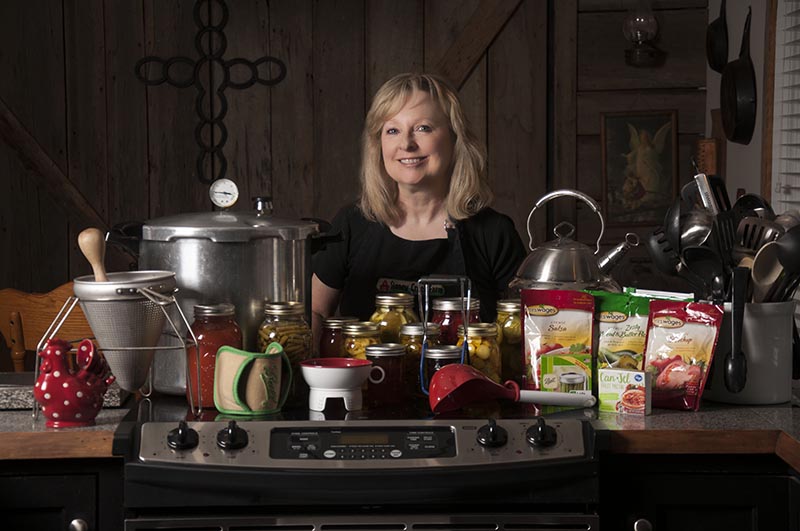When it comes to making your own jellies and jams, you may have heard of using pectin as an ingredient.
But what is pectin?
The science answer: Pectin a starch called heteropolysaccharide. You’ll find this starch within the cell walls of fruits and vegetables.
The jelly-based answer: Pectin, when combined with acid and sugar at a high temperature, is what gives jams and jellies its gel-like consistency.
The difference between gelatin and pectin is that gelatin is made from animal products, whereas pectin is plant-based, making it a vegetarian and vegan option.
Pectin can be purchased at the grocery store, or you can make your own!
Grocery Store Options
At the grocery store, you’ll find pectin products like Sure Jell, or there is the Kroger brand of Pectin which is $1 cheaper. I’ve used both brands when making my jellies and jams and have found the quality to be on the same level.
Make Your Own Pectin
You can also make your own homemade pectin using apples! If you’re baking an apple pie or making another yummy apple recipe, making homemade pectin is great use for your peels and cores.
Ingredients & materials:
- 2 quarts apples
- Water
- Jelly bag strainers or cheese cloth with colander
Directions:
1. Begin by covering 2 quarts of apples with water until it’s just covering your apples. If you don’t have leftover peels and cores to use, you can use the whole apple—just cut into small chunk-sized pieces.
2. Bring water to a boil.
3. Reduce water to a simmer, stirring occasionally until the apples are soft. This usually takes about an hour.
4. Drain and let the soft apples strain through a jelly bag overnight. The liquid straining through the solids overnight is your pectin.
5. Check your apples in the morning and ta-da—you have homemade pectin that you can use in your jams and jellies!
Canning 101 Class at Stoney Creek Farm
Learn how to preserve your own healthy food
WHEN: Saturday, July 20 from 10am – 12pm
WHERE: Stoney Creek Farm
Join me TOMORROW, July 20 from 10am – 12pm for my Canning 101 class at Stoney Creek Farm!
We’ll cover the processes for making jams and jellies, as well as pickling and drying herbs and fruit.
You’ll also learn three major canning techniques through live demonstrations:
- Pressure Canning for non-acidic foods (green beans, meats, etc)
- Water Bath Canning for sweet and acidic foods (tomatoes , jams , and pickles)
- Blanching for the Freezer
After all, don’t you want to preserve your garden bounty for months to come?!
I hope you’ll join me tomorrow for my Canning 101 class!


